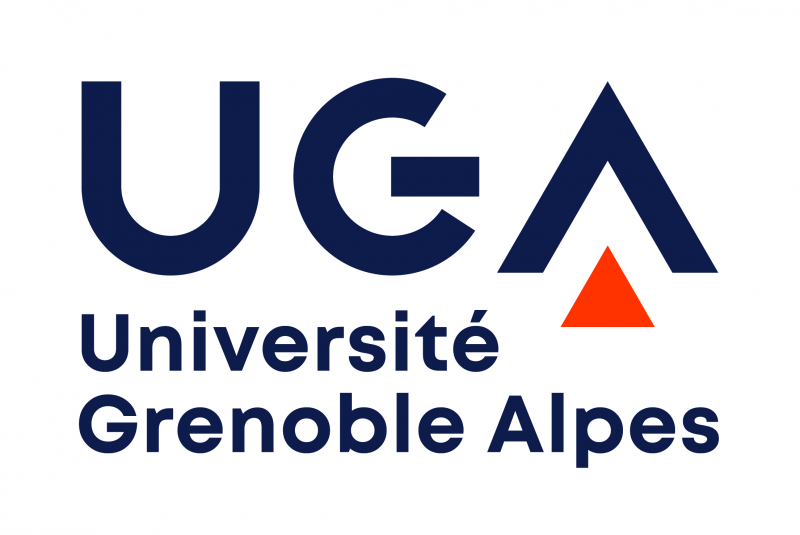TIMC-IMAG (UMR 5525)
Laboratoire des techniques de l'ingénierie médicale et de la complexité - Informatique, Mathématiques et Applications de Grenoble
Techniques in Biomedical Engineering and Complexity - Informatics, Mathematics and Applications-Grenoble)
| TIMC-IMAG |
 |
| Lab home-page : http://www-timc.imag.fr/ | |
| Activity report : TIMC-IMAG 2005-2009 (pdf, 2,5Mo) | |
| Publications'URLs : TIMC's publications 2005-2010 | |
| Themes | TIMC-IMAG activity ranges from mathematical modeling, bioinformatics, signal and image processing and biomedical engineering to cell biology, cardio-vascular physiology, health risk assessment, degenerative process understanding and epidemiology and clinical evaluation methodology. |
| Highlights and distinctions | Several young researchers received distinctions: "Docteur Norbert Marx" award from Société Française de Statistique (SFdS) given to Mathieu EMILY; Anne-Ruxandra Carvunis was one of the 10 awarded women "Pour les femmes et la science en France" from L'Oréal foundation. |
| The laboratory also receives several prizes related to industrial dissemination of its results (INPI award, EC awards, etc.) | |
| AERES assessment | A - Excerpts of the report: "innovative inter-disciplinary vision of medicine", "international visibility", "great insertion in hospital and industrial environments", "very convincing project in terms of science, organization and insertion in local structures" |
| Faculty | 45 |
| Researchers | 12 |
| Habilitation | 36 |
| "Produisants AERES" | 93% |
| PhD students | 52 |
| Publications | Journals : 182 |
| Conferences: 30 | |
|
Funding K€ Mean value per year |
2 576 |
Biomedical modeling is a central activity in TIMC: its applications are in cell biology (cytoskeleton growth, morphogenesis of mitochondrial membranes, thrombosis growth and characterization, etc.), in immunology and in genetics. Some of these modeling activities are fed by biomedical images. This is why imaging, from microscopic to macroscopic imaging, is a very active field of several teams inside the laboratory. The activity ranges from image processing (inverse problems in reconstruction, segmentation, registration, etc.) to applications for computer-assisted surgery or for the analysis of normal or pathological structures. Models and a priori information embedded in atlases or statistical data also largely contribute to decision making and planning. A more recent activity related to complexity management and benefiting from complex systems theory allow to handle model-based acquisition, data mining for large medical databases or numerical simulation for instance of morphogenesis. Regarding aging, the laboratory both contributed to the understanding of physiological processes and to the development of monitoring and substitution or assistance devices for handicapped or elderly people. Finally drug delivery and implanted devices are a very promising domain handled by several teams of the lab; such research makes necessary combining the most recent biological coating techniques to microelectronics device development and modeling. TIMC-IMAG is a rare laboratory where this large spectrum of competences is gathered and has produced for more than 25 years both theoretical results and very applied diagnostic and therapeutic tools used for real patients.


 Sign in
Sign in














